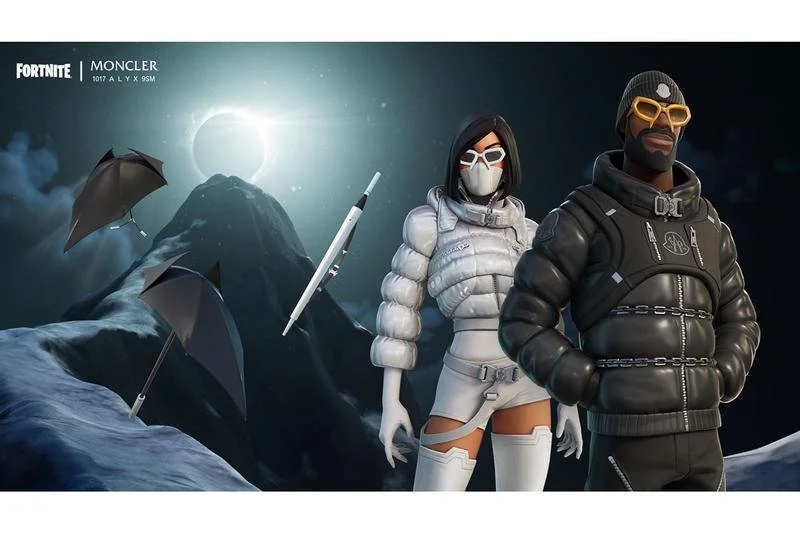Fidelity in Game Design: Why It Matters for Fashion Brands
When Balenciaga dropped its dedicated “Fit Set” inside Fortnite on 20 September 2021, it illuminated something profound: the avatar is now a body of style. You don’t just wear your ‘skin’ (the outfit your gaming character/avatar wears), you perform it. And the game around you becomes the catwalk.
But beyond brand-skins and cosmetic drops, a more radical shift is underway. Inside Fortnite’s Creative mode, entire spaces, islands coded by users and creators, are being built purely for fashion performance. Map after map invites players to dress up, walk, judge, repeat.
In the physical runway, the model walks and the audience watches; in Fortnite the model is the player and the audience often is the judge. For example, in the “50 FASHION SHOW” map, players pick their outfit/back-bling/pickaxe combo, strut, and vie for the title of “Fashion Champion”.
This play/perform hybrid shifts the runway logic. It’s no longer about just observing high fashion; it’s about actively choosing and being high fashion, via avatar, in a world designed for it.
What ‘Fidelity’ Means (and Why You Should Care)
In gaming, fidelity is shorthand for how ‘real’ something looks and feels. High fidelity means detail: the fall of light on satin, the way a hem shifts as an avatar moves.
Low fidelity means simplicity: blocky textures, bright colours, a playful cartoon world, neither is better, they just speak differently.
For a fashion brand, that difference is everything.
Roblox vs. Fortnite: Two Worlds, Two Realities
The two biggest players in the fashion/gaming space right now are Fortnite and Roblox. Now when it comes to ‘fidelity’ (how real something looks), Roblox is typically considered ‘low fidelity’. Roblox is often described as having low-fidelity graphics, which are characterised by a more basic, less realistic art style. This is a deliberate design choice that allows the platform to be accessible and run on a wide range of devices, especially mobile phones, and to be centered around user-generated content and simple gameplay.
Here, fashion thrives through volume and community. Millions of users buy, trade, and wear digital clothes daily. It’s fast, iterative, and social. Brands like Gucci and Forever 21 drop capsule collections not to mirror real-world luxury, but to play with it, remixing silhouettes for a younger audience who see identity as something you build, not buy.
Now step into Fortnite. This is fashion’s digital couture house when it comes to ‘fidelity’; polished, cinematic, built for immersion.
The lighting, textures, and movement verge on realism. When Balenciaga launched its skins, the avatars didn’t just wear clothes; they embodied them.
Every shimmer, stitch, and silhouette became part of a story about status and craft.
The Business of Fidelity
For brands, the choice between low and high fidelity is the new version of choosing between the high street and the runway.
Low fidelity (Roblox) = accessibility, community, speed. It’s where digital fashion becomes a social economy: more users, more sales, more co-creation.
High fidelity (Fortnite) = prestige, experience, spectacle. It’s where fashion becomes theatre: slower, rarer, more immersive.
Both matter.
One builds culture, the other builds desire.
And the most forward-thinking brands are learning how to move between them; offering playful self-expression in low-fidelity worlds, and deeply crafted storytelling in high-fidelity spaces.
Why This Matters Now
As fashion continues to dissolve the boundaries between physical and digital, fidelity becomes a design language of its own. A high-fidelity garment might capture texture, light, and craftsmanship. A low-fidelity piece captures accessibility, play, and imagination.
For designers, it’s no longer about can we digitise this garment? It’s how do we want it to live in the world?
The next time you see a pixelated hoodie on Roblox or a hyperreal gown gliding across a Fortnite runway, remember: they’re not opposites, they’re two expressions of the same truth. The tools may be evolving and but the impulse to dress, to express, to be seen, remains beautifully human.



